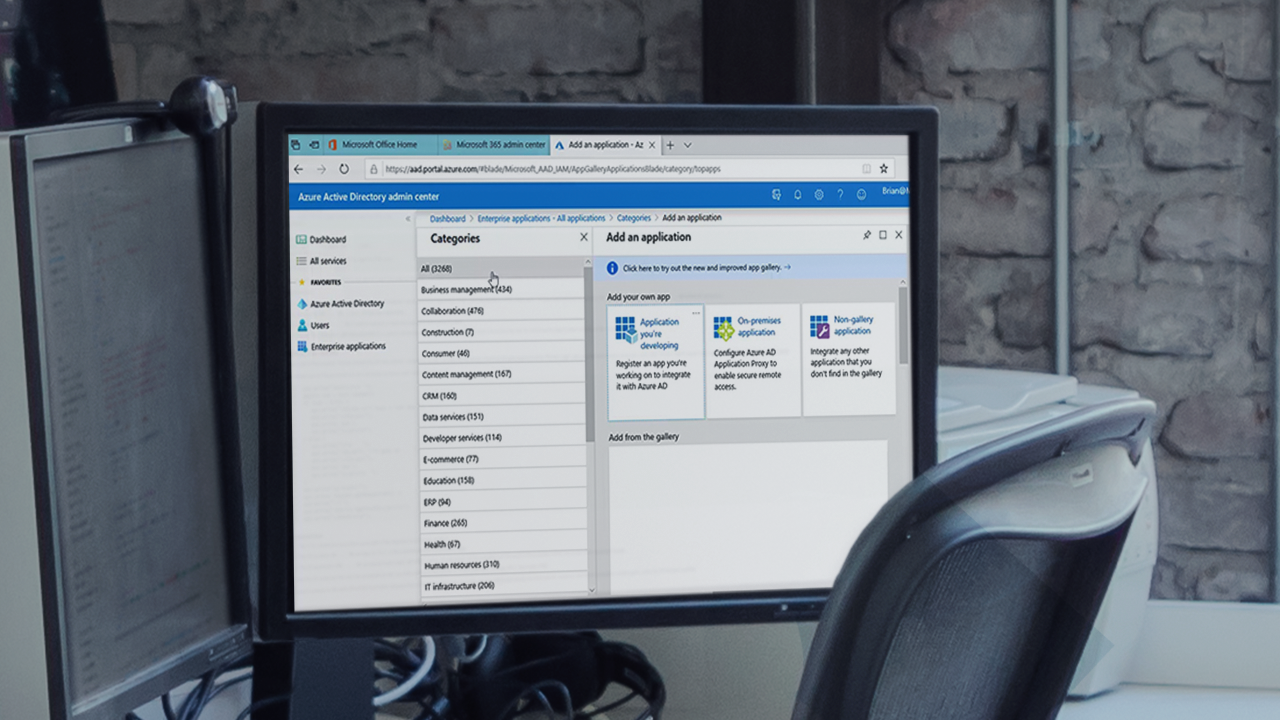- Course
Managing Microsoft 365 Access Types
In this course, you'll learn to understand different access methods available in Microsoft 365 including B2B and guest accounts as well as enterprise application access configurations including application registration, and application proxies.

- Course
Managing Microsoft 365 Access Types
In this course, you'll learn to understand different access methods available in Microsoft 365 including B2B and guest accounts as well as enterprise application access configurations including application registration, and application proxies.
Get started today
Access this course and other top-rated tech content with one of our business plans.
Try this course for free
Access this course and other top-rated tech content with one of our individual plans.
This course is included in the libraries shown below:
- Core Tech
What you'll learn
As a global administrator in Microsoft 365, one of your primary jobs is to provide access to data and applications. In this course, Managing Microsoft 365 Access Types, you will learn the Microsoft 365 access types for both internal and external users. Next, you will discover Azure AD application proxies, B2B accounts, and guest accounts in Azure AD. Finally, you will explore how to utilize different access methods available for users within your organization and access to users external to your organization. When you are finished with this course, you will have the skills and knowledge of managing access types needed to provide access to applications.

